12 Stunning Dark Sky Parks From Around The World
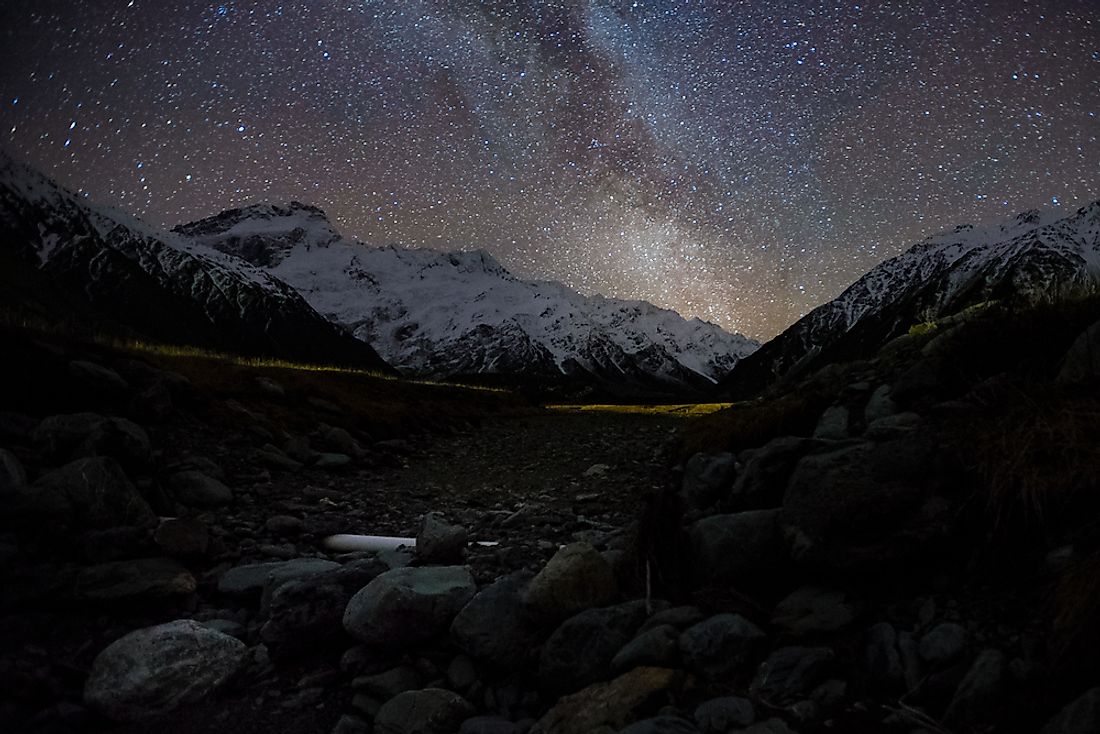
Dark sky parks and reserves are either state or privately preserved areas with exceptional starry nights and a nocturnal environment. The International Dark-Sky Association was founded by David Crawford, an American astronomer in 1988 with the aim of preserving and protecting the nighttime environment and heritage of dark skies through outdoor lighting. Since its inception, the IDA has granted status to international dark sky parks and reserves preserving high-quality night sky darkness. Most of the designated parks are easily accessible hence able to bring together a vast majority of the world population in contact with dark night skies that are highly endangered by light pollution. Below are the world’s most incredible dark sky parks and reserves.
12. Izera Dark-Sky Park (Poland, Czech Republic)
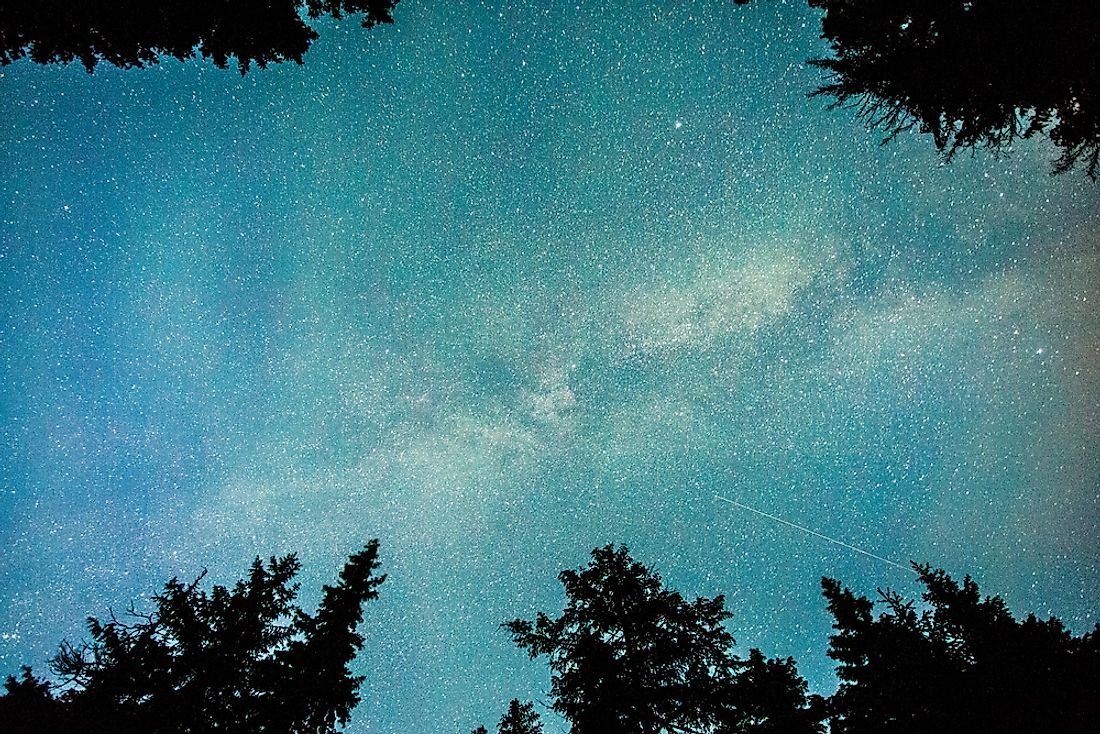
The Izera dark sky park was established in 2009 as the first cross-border park of its kind in the world. The park is sparsely populated hence limited artificial lighting hence providing a natural nocturnal environment with dark skies. Straddling the border of Poland and the Czech Republic allows visitors from the two countries to have a panoramic view of the myriad of over seven thousand stars in the night skies. The park hosts various astronomical events every year for astronomers and stargazers from across the globe to have a view of the night skies.
11. Aoraki/Mount Cook National Park (New Zealand)
Aoraki/Mount Cook National Park in New Zealand is the largest dark sky reserve in the Southern Hemisphere covering 1,700 square miles. It was designated as a dark sky park in 2012 as it offers the best night sights of the Southern Hemisphere. Hundreds of thousands of stargazers flock at Lake Tekapo and Mount Cook, which provide the unique views of the Aurora Australis, Magellanic Clouds, the Southern Cross, and the Southern Star. The Milky Way is also seen stretching across the two ends of the horizon.
10. East Carpathian Dark-Sky Tripark (Slovakia, Poland, Ukraine)
The East Carpathian Park is located in the Bieszczady Mountains along the Poland-Slovakia-Ukraine border. The Tripark encompasses three parks, namely Poland's Bieszczady Starry-Sky Park, Slovakia's Poloniny Dark-Sky Park, and the Ukraine's Transcarpathian Dark-Sky Park. The region is sparsely populated hence little light pollution thus offering an undistorted view of the night skies. The clearest phenomena include galaxies, nebulas, shooting stars, meteors, comets, and the zodiacal lights. In July and August, the meteor showers are usually visible. Planets including the rings of Saturn’s, clouds in Jupiter’s atmosphere and its moons, and the phases of Venus are also visible. On moonlit nights, moon craters can be observed.
9. Kerry International Dark-Sky Reserve (Ireland)
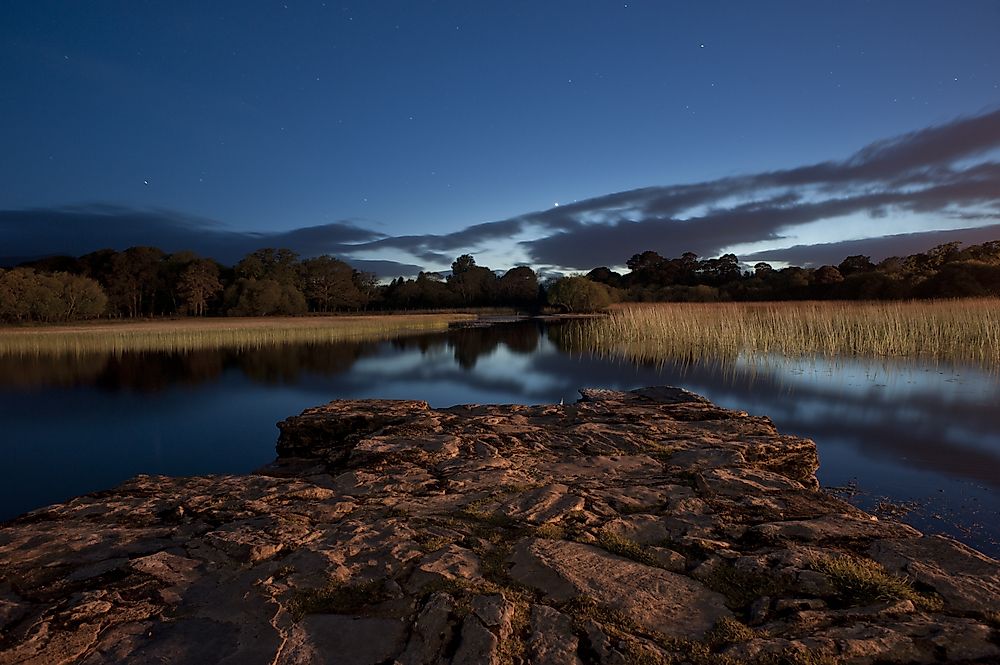
Kerri International Dark-Sky Reserve was designated as Ireland’s first dark sky park and one of the three gold-cluster reserves in the world. It is the only gold-tier reserve in the northern hemisphere. The reserve is located in the south-west coast of Ireland and provides an uninterrupted view of the night sky. On a clear, dark, moonless night in the core zone of Kerry Reserve, one can see the beautiful band of the Milky Way, the Nebula, the Andromeda Galaxy, and star clusters without astronomical equipment
8. Irving Nature Park Urban Star Park (Canada)
Irving Nature Park is situated on the shores of the Bay of Fundy in Saint John, New Brunswick. It was founded by JD Irving Ltd in 2011 with the aim of protecting New Brunswick richest marine ecosystems. The park is a unique urban park in Canada where urban dwellers can view the night sky glow beyond the park borders. From the nature trails in the park, visitors have a view of the Milky Way galaxy, stars, and planets.
7. NamibRand Nature Reserve (Namibia)
The NamibRand Nature Reserve in Namibia is an exceptional dark sky park located on the eastern edge of the Namib Desert where there is low humidity hence a clear high night sky. The most incredible views from the desert include the center of the Milky Way Galaxy, the Magellanic Clouds, and the zodiacal light. The Sossusvlei Desert Lodge provides a 12-inch telescope and a resident astronomer to help viewers identify the deep sky objects.
6. Mont Mégantic Observatory (Canada)
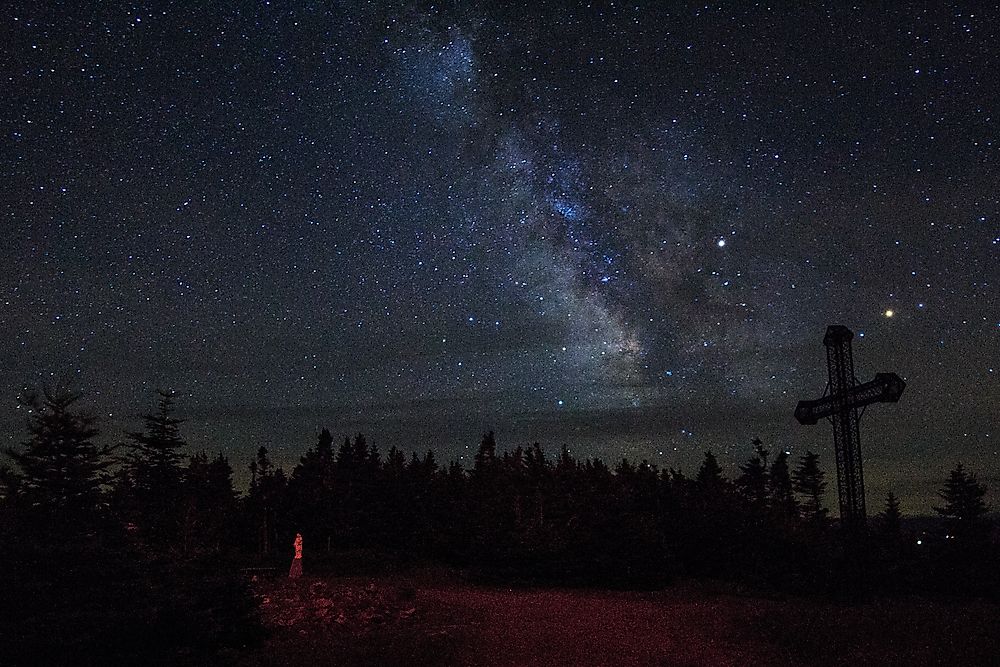
Mont Megantic Observatory in Quebec was the first dark sky reserve in the world designated in 2007 with a silver status. The 2,123 square miles observatory was founded in 1978 as an observatory research center that attracts about 50,000 visitors annually. With naked eyes, one can view the Northern Lights, the Milky Way, planets, satellites, Andromeda Galaxy, and shooting stars. There is a 24-ton telescope that provides a view of the moon craters, nebulae (star nurseries, supernovae, planetary nebulae), and star cluster.
5. Pic du Midi de Bigorre (France)
Pic du Midi de Bigorre in France was designated as a dark sky park in December 2013 making it the second largest dark sky park in the world. The park covers 3,112 square kilometers spread across the Pyrenees National Park and UNESCO’s World Heritage site, Pyrenees-Mont Perdu. The park attracts over one hundred stargazers every year. The most popular spot for the astronomical view of the zodiacal light, the Milky Way, and constellations is the Observatoire Midi-Pyrenees, which was built in 1870 and is one of the world’s highest museums at an elevation of 2,877 meters above sea level.
4. Sark (United Kingdom)
Sark is a Channel Island under the protectorate of the United Kingdom near the coast of Normandy. It was designated as the World’s First Dark Sky Island by IDA in January 2011. Its historical and cultural blend attracts over 40,000 tourists annually. Since there no motor vehicles and public lighting on the island, there is an exceptional view of the dark skies. A rich milky way is visible in the dark night skies from the shores of the island.
3. Natural Bridges National Monument (United States)
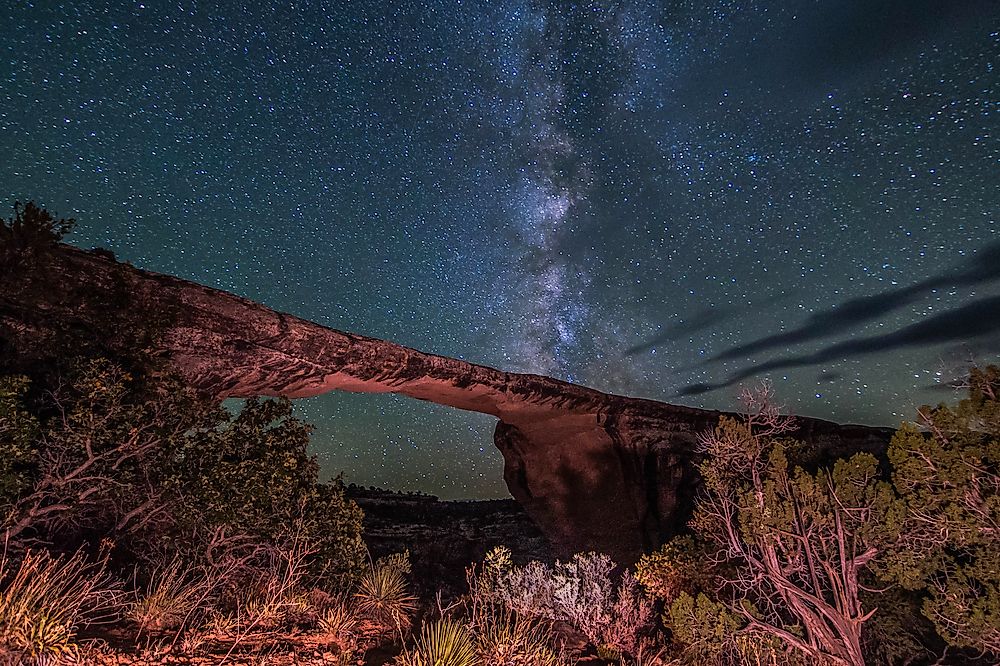
The Natural Bridges National Monument located in Utah was designated as a dark sky park in April 2007. The bridge was formed when a river changed its course cutting through solid rock and creating one of the most magnificent natural bridges in the world. The crest of the bridge forms a window to more than 15,000 star clusters and planets, nebulae, and the Milky Way galaxy. The dark canyon walls contrast against the bright starry skies providing a picturesque view of the night skies, particularly in summer.
2. Warrumbungle National Park (Australia)
Situated in the central west slopes of New South Wales is Australia’s only dark sky park, Warrumbungle. The park, which sits on 24 hectares of public land, was designated as a dark sky park in July 2016. Its crystal-clear night skies, low humidity, and high altitude make it a natural, educational, and astronomical heritage site in the southern hemisphere. Stargazers and bushwalkers can use Australia’s largest optical telescope within the park boundaries to view the auroras, the zodiacal light, the Milky Way, and faint meteors.
1. Ramon Crater/Makhtesh Ramon (Israel)
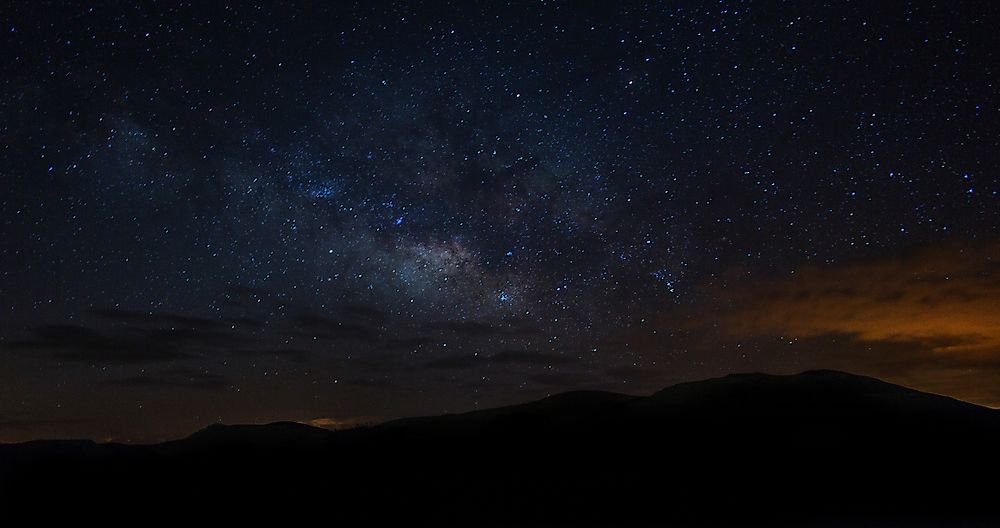
Ramon Crater is a unique 1,100-square- kilometer nature reserve located in the Negev Desert in Israel. In 2017, the Ramon Crater became the first designated dark sky park in the Middle East. Its location, harsh climate, and forbidding landscape that are characteristic of the Negev have largely repelled historical attempts for human settlement making it an incredible place to view the night skies. Stargazers usually camp in the desert to have an uninterrupted view of the stars, planets, and Milky Way.











